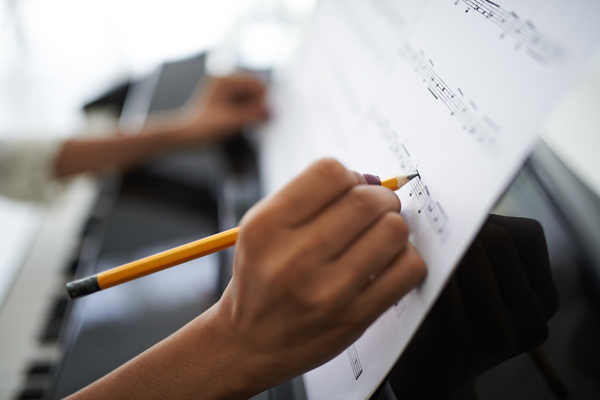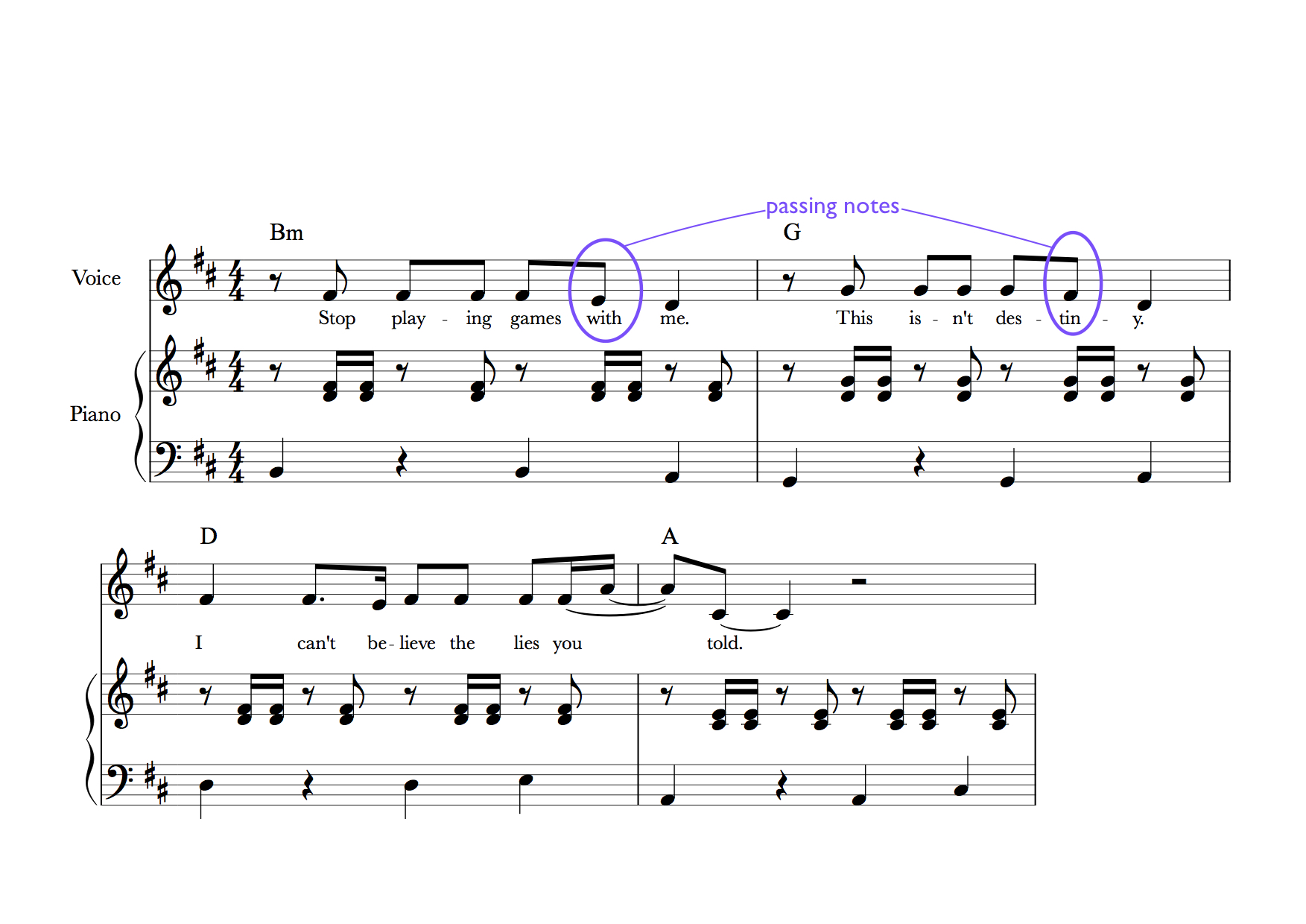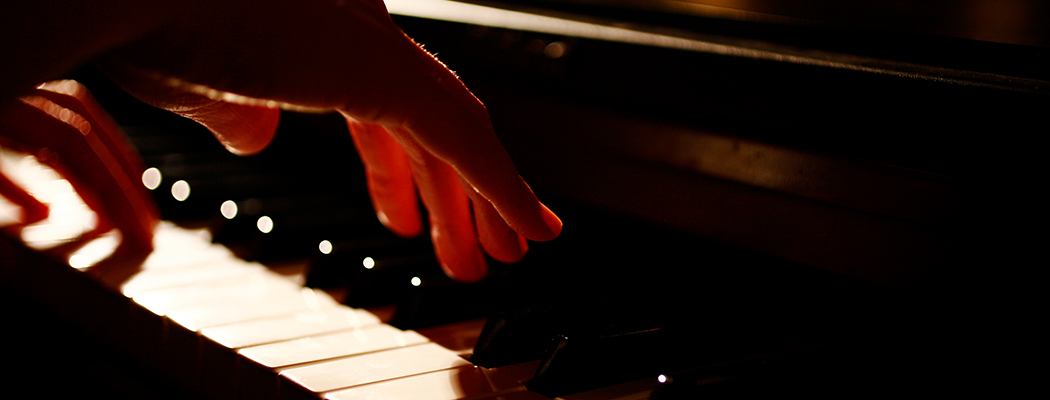Good pedagogy moves from the known to the unknown. We all know this! However, we don’t always consider what is most well known to our students, what they are exposed to daily, and what is so familiar that the students themselves are not aware of the skills they are absorbing, just by listening.
Pop Songs.
At the very least, children hear pop songs in the car, on the radio or their parents’ playlists. Even if their listening is limited to “child appropriate” music, the style is undeniably contemporary. Children and teenagers relate to pop music. It is their language. Through pop songs, children and teenagers connect to their tribes.
Imagine that your student has flagged that they’d like to perform in their school’s talent quest. They can play Bach’s Prelude No. 1 in C major beautifully, but they don’t want to play that or any of their other pieces because “it isn’t cool.” You could suggest they learn an arrangement of a recently released pop song, or you could get them to write their own. Imagine the social currency that composing and performing an original pop song would give them!
“Songwriting gives students permission to take creative risks, make mistakes (and learn from them), and problem solve in novel ways.”
There is no suggestion here that you cease teaching Bach. In fact, encouraging students to write songs may be a gateway to composing musical theatre, art song or opera. It is possible to find links between the music they are writing and the music of past masters, through finding shared chord progressions or other common patterns. The more links we can make between the known and unknown, the more comfortable the students get with the unknown.
Teaching songwriting deepens musical understanding and develops skills that may not be covered thoroughly (or at all) when the focus of lessons is on learning repertoire. Songwriting explores melody writing, harmony, chord theory, modal tonalities, syncopation and complex rhythms, word setting and scansion (the natural flow of lyrics and how they fit rhythmically into a melody), and self-accompaniment. It also gets the students willingly singing!

Here are five ideas to get started writing pop songs with your students:
- Improvisation. There is a fabulous scene, easily found on YouTube, in The Princess Bride where Fezzik (Andre the Giant) creates rhyming couplets using the phrases spoken by his conspirators. This is a form of call and response, which is a very useful tool to get a student creating lyrics and melody on the fly. First, play a simple chord progression that can be repeated. The 12 bar blues is great for this, but even easier and “cooler” is a two chord I – bVII progression, built on the Mixolydian mode (i.e. in D Mixolydian, that would be D – C. See the example below). Modes are currently widely used in pop – Royals by Lorde is in D Mixolydian – so should be explored! Start by “calling” a melodic phrase with a lyric. Your student will complete the rhyming couplet by “responding” with another phrase. Continue calling and responding until you build up a bank of ideas or the song comes to a natural end. The student can choose the strongest ideas and use them to craft a song.

- Brainstorm. Dr Seuss wrote The Cat In The Hat by organising a list of common sight words into rhymes and then writing the story around those rhymes. A similar approach to lyric writing works very well as a starting point for a pop song. First, choose a topic or a word as the basis of the song. Then have the student write down everything they can think of about that topic. Finding any rhymes within that brainstorm can start the student organising their thoughts into sections. Can they find common ideas that fit together to makes verses, a chorus and possibly a bridge? After the lyrics have been written, the student can try singing their lyrics a cappella to work out a melody and then harmonise that melody at the piano.
- Chordal Approach. While some pop songs have complex chord progressions and use extensions and suspensions, many are harmonically simple and use four chords (or fewer!). Pick a key and give your students four chords. I, IV, V and vi works well as it is simple but versatile. In D major, that would be D, G, A and Bm. If the student wants to write in a minor tonality, the same four chords as for the relative major can be used. That is, in B minor, the student can easily make use of Bm, D, G and A. This means they will actually be writing in B Aeolian, so no raised 7th is necessary. The student can choose to put these chords in any order to use as the foundation to build a melody. They can use the same order for verses and choruses, though changing the order makes it easier to contrast the sections. The same four chords can be used to harmonise most melodies, so this can be a follow up strategy after a lyrics brainstorm. In the example below, those previously mentioned chords are placed in the order Bm – G – D – A, which then would repeat. The melody over the top uses mostly chordal notes with some passing notes.

- Beg, Borrow and Steal. Chord progressions themselves can’t be put under copyright, although melodic fragments and, more controversially, rhythmic elements can. For further reading about this, look up the copyright cases of Down Under by Men at Work and Blurred Lines by Robin Thicke. Students can legally “steal” the chord progression from a popular song they like and use this to build a new song by writing a brand new melody and lyrics. The previous example borrows the exact chord progression from the chorus of current pop hit Despacito: Bm – G – D – A, and while the accompaniment has a similar feel to the source material, the new melody and lyrics make it original.
- Vibes. Modern songwriting teams are often a small group of producers who create a vibe or groove and a basic structure for a song. Artists such as Beyoncé or Kelly Clarkson are then brought in to “topine” the song. Essentially, the artist writes a melody and lyrics (called the “topline”) over the vibe. Students can experiment with the producer role by playing around with tonality, tempo and accompaniment style on the piano and/or using drum loops and synths on a music app such as GarageBand. When they have found a vibe that matches the intent of their song idea, they can then become the “top liner”, improvising over that vibe until they find a melody they like, or writing the lyrics with their chosen vibe in mind and then singing then over the vibe.
As you can see, there is no need to be a master songwriter to get students writing their own pop songs. All you need is some basic chord theory and a willingness to experiment. Some improvisational skills are helpful, but not essential. Students are actually happy for you to discover new things with them and appreciate it when you model getting out of your comfort zone. There isn’t one right way to write a pop song. There are many approaches and methods to songwriting, and most accomplished songwriters use a combination of methods.
Songwriting gives students permission to take creative risks, make mistakes (and learn from them), and problem solve in novel ways. Regular songwriting with feedback enables students to become more able to consider criticism, and less susceptible to their own judgement or fears of inadequacy. In short, songwriting fosters both creativity and resilience. Let’s add value to our learning environment by giving students the opportunity to develop these highly important life skills!
